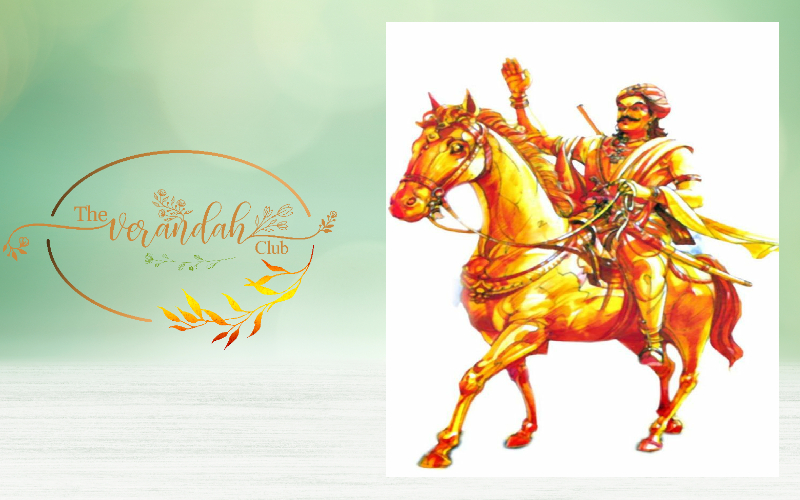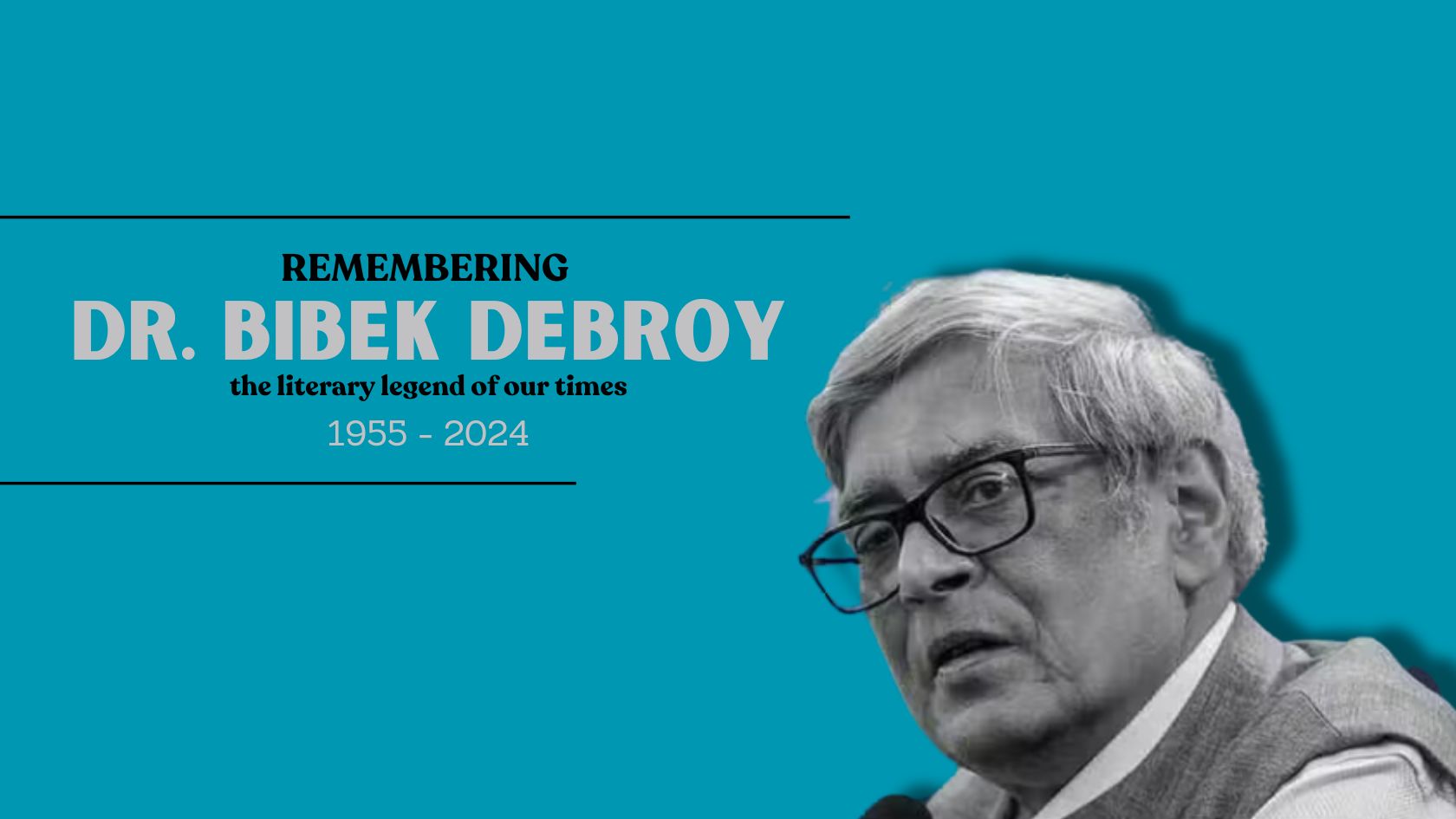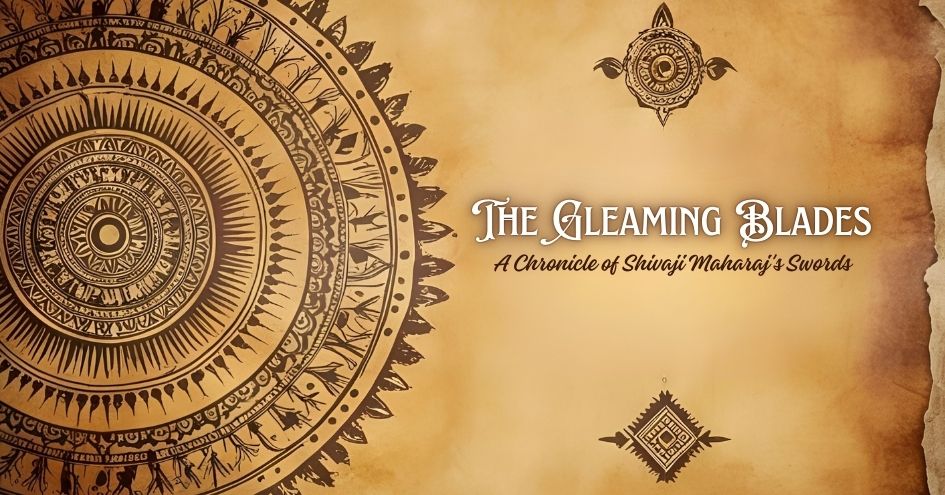Dheeran Chinnamalai

The Polygar Wars
While 1857 is often regarded as the first large scale revolt against British rule, there were many localized revolts that broke out. And one of them was the Polygar Wars down South between March 1799 to July 1805. This was one of the bloodiest revolts ever faced by the British, fought primarily in Tamil Nadu, the Malabar region. And contrary to what most historians’ claim, the British did not have an easy run, the Polygar Wars were the most serious. It was a challenge to their hegemony. The 6 long years saw a large number of losses on the British side and they had to taste defeat in many a battle. And the major players in the Polygar Wars actually challenged and outwitted the British, head to head. In most cases, it took some cunning and treachery to capture and execute these warriors.
The Polygars or Palegars or Palayakarrars as they were called, were primarily small-time chieftains, who rose to prominence during the Vijayanagara Empire. Renowned for their fighting capabilities, the Polygars were the sword arm of the Vijayanagara Rayas, and most had their own private armies, that did duty during major battles. Also, the Polygars were well acquainted with the latest artillery, and were trained by the French, in the end most were done in by betrayal of fellow chieftains. Some of the legends of the Polygar Wars included Veera Pandya Kattaboman and Kerala Varma Pazhassi Raja.
The Dheeran Family
One such great warrior was Dheeran Chinnamalai, born as Theerthagiri on April 17, 1756, at Melapalayam in Erode district, to Rathina Swamy and Periyaatha. He had an elder brother Kulandhaisamy and three younger brothers and a sister - Thambi, Kilothar, and Kuttisamy, and Parvatham.
His grandfather Kottravel Sarkkarai Mandraadiaar was one of the larger landowners, and his father looked after their lands in Melapalayam. While Kulandhaisamy and Kuttisamy, were involved in farming, Theerthagiri along with Thambi and Kilothar took care of administration and safety of the villages under their jurisdiction. Along with his brothers he was well trained in the martial arts, archery, horse riding. They also took part in village panchayats and learnt how to settle family and land disputes.
Chinnamalai’s attack against Hyder Ali
The Kongu region, then was part of the Mysore kingdom under Hyder Ali, during the latter half of the 18th century. The diwan Muhammad Ali who was in charge of tax collection, followed rather unfair practices sometimes even grabbing lands. Theerthagiri and his brother confronted Muhammad Ali between Sennimalai and Shivanmalai and recovered the taxes he had forcibly collected. A furious Muhammad Ali threatened them that Kongu being under Hyder Ali, the consequences would be severe. Theerthagiri shot back saying, Kongu would not accept Hyder’s rule and it was capable of governing itself. And this was when he got the name of Chinnamalai, when it’s believed he stated to the Diwan - “I am Chinnamalai who reigns between Sennimalai and Shivanmalai”.
Hyder Ali, as expected, struck back sending an army to Kongu to attack Chinnamalai. However, Chinnamali routed Hyder’s army on the banks of the Noyyal river. This only enraged Muhammad Ali even more, and vowed to wreak vengeance. Knowing Ali’s intentions, Chinnamalai himself began to build up his army. However, Hyder was more preoccupied with the Nizam, British and Marathas, with whom he was in constant conflict, and so that attack never took place.
Tipu Sultan and The Brave Tamizhan
When Tipu Sultan took over in 1782, he adopted an even more aggressive policy towards the British. And in order to fight against the British, he requested the Tamils of Kongu, to help him out. Dheeran Chinnamalai and his brothers responded to that, and also their trusted commanders, Velappan and Karuppan. He himself was the commander of the Kongu regiment in the Mysore Army, and took active part in the 3rd and 4th Mysore Wars. However, with the death of Tipu in 1799, Chinnamalai returned to Kongu along with Karuppan. Velappan, however, was captured by the British and he later became their agent. Chinnamalai, had the benefit of receiving French training during his stint with Tipu Sultan.
Fight Against British and the Death of Maxwell
On his return to Kongu, Chinnamalai built a fortress at Odaanilai and settled there along with his army, waiting for the right time to strike. He also reached out to the rulers of Malabar and Salem, hoping for a larger alliance against the British. Recognizing that Chinnamalai was a grave danger, the British tried to get him to sign a pact, where he was promised favours in return for accepting their sovereignty. He, however, refused to sign the pact fully knowing it would result in war.
Chinnamalai’s defiance annoyed the British, a man with no title, technically not a ruler, yet refusing to accept their sovereignty, this when most of the Rajas had surrendered to them. In 1801, they sent a troop of soldiers under Colonel Maxwell. However, Chinnamalai having got advance news of the attack, defeated the British on the banks of the Noyyal. Maxwell returned again in 1802, and a long siege of Odaanilai fort ended in total defeat for the British, and Maxwell himself was beheaded.
Valour of Chinnamalai and the Retreat of Harris
The British though furious, waited for the right opportunity and they got it in 1804. On a particular day, Chinnamalai and his entire army would be attending the Arasalur Amman temple festivities. They felt this was the best chance and sent an army to capture Odaanilai under General Harris, who had led the campaigns in Mysore. Chinnamalai however got the news, and stayed back at the fort, with his contingent, while some went to the temple. Harris was taken by surprise when he attacked the fort, Chinnamalai stormed out throwing hand grenades, forcing Harris to retreat.
The Plot Against Chinnamalai
The British were now more determined than ever and built up a huge army to take down Chinnamalai, with men from Kallikudi and cannons from Madras. With 140 cannons and 30,000 men, Harris attacked Odaanilai, and surrounded the fort, demanding Chinnamalai to surrender. However, they found that the fort was abandoned, and also found a note from Velappan, whom they had captured. The fact is Velappan was acting as a double agent, for Chinnamalai, while on the British side. Harris executed Velappan, and also razed the fort to the ground using cannons.
Betrayal of Nallappan – An Irony
Chinnamalai and his brothers now lived in exile, at a place called Karumalai near Palani, often using disguises to venture into the towns. One of the persons they would often meet was Nallappan, a cook, who gave them refuge and food too. It was this very Nallappan who would betray them to the British, informing them of the whereabouts. And on one night when Chinnamalai and his brothers were having dinner, Nallapan signalled the British, who stormed the house from all sides.
Death of the Warrior
An enraged Chinnamalai strangled Nallapan to death, before the British captured him, his brothers and their commander Karuppan. He was taken to the Sangagiri fort, and a 4-person tribunal demanded that he pay taxes, accept the British sovereignty. With Chinnamalai refusing to do so, he was sentenced to death on July 31, 1805 along with his brothers and Karuppan at Sangagiri fort. Another story of a brave son of India who had given his life for the country fighting the British.

Ratnakar Sadasyula is an IT professional who writes code for a living, and writes when free to keep his sanity intact. Also a blogger, and now starting out as a self published author of sorts, with varied interests in history, science, Indian culture. Believes that knowledge is meant to be shared, and a learner for life.
NEXT ARTICLE

All authors who write about the Mahabharata have to read its unabridged version. The most popular unabridged translation used to be the one by Kisari...

In the annals of Bharat Varsh, amidst the swirling mists of time and legacy, emerges the figure of Chhatrapati Shivaji Maharaj, a warrior whose name e...